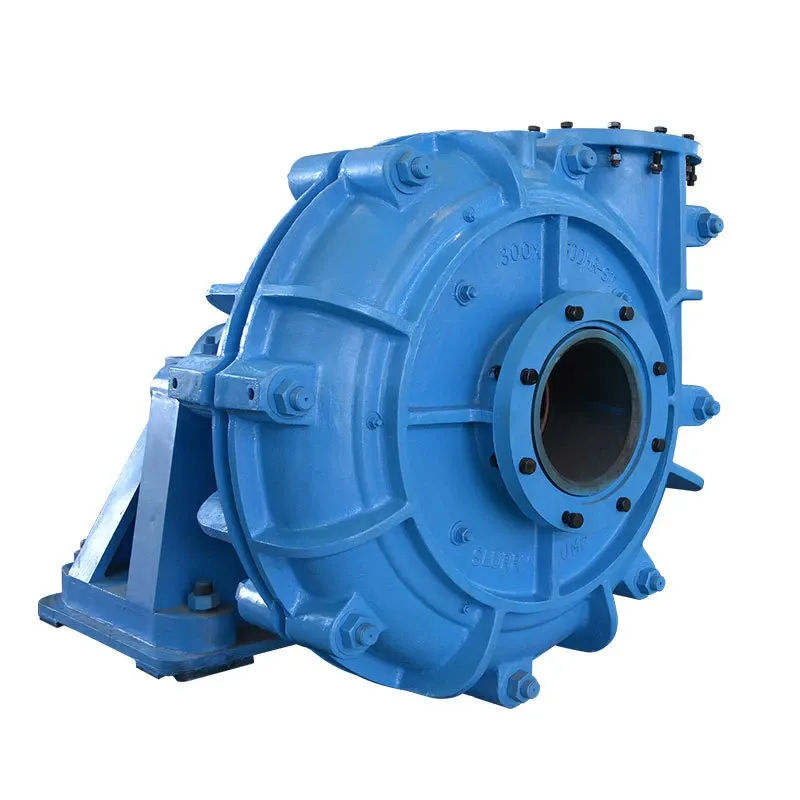
Understanding AASHTO M180 Cold Bending Machine An Overview
The AASHTO M180 Cold Bending Machine is an essential piece of equipment used in the testing of materials that are crucial for the infrastructure and construction industries. This machine represents a standardized approach to assessing the ductility and flexibility of metals, which are pivotal properties in ensuring that materials can withstand various types of loads and stresses encountered during their service life.
Purpose and Importance
The primary purpose of the AASHTO M180 Cold Bending Machine is to evaluate the performance of metal samples under cold bending conditions, without the application of heat. This process is particularly significant for materials used in highway construction, where resilient and flexible components are necessary for structural integrity and durability. By adhering to the AASHTO (American Association of State Highway and Transportation Officials) standards, engineers and quality control personnel can ensure consistency in their testing processes, which in turn aids in the development of safer and more reliable infrastructure.
Key Features
The AASHTO M180 Cold Bending Machine is characterized by several features that enhance its usability and effectiveness. First and foremost, the machine is designed to accommodate a variety of sample sizes and shapes, making it versatile for testing different types of materials. Additionally, it boasts a user-friendly interface, allowing operators to easily set up and conduct tests with minimal training.
Understanding AASHTO M180 Cold Bending Machine An Overview
Testing Procedure

The test procedure involves clamping the metal sample into the machine and applying a defined bending force. The sample is bent around a specified radius until it reaches a predetermined angle. Throughout the test, the machine meticulously records measurements, enabling the user to analyze the ductility of the material tested. After the bending process, the sample is examined for any signs of cracks or fractures, which can indicate whether the material meets the necessary standards for construction applications.
The results obtained from the AASHTO M180 testing not only inform whether a particular metal is suitable for use in construction but also provide valuable data for the material's long-term performance under varying environmental conditions. This data can be critical in the design phase of projects, influencing material selection, engineering decisions, and even the overall safety of infrastructure projects.
Applications
The applications of the AASHTO M180 Cold Bending Machine extend across various sectors in the construction industry. Its results are often utilized in the evaluation of steel components, reinforcing bars, and other metallic structures used in highways, bridges, and buildings. By ensuring that materials meet the required bending standards, the machine plays a key role in preventing structural failures and enhancing the longevity of construction projects.
Additionally, the AASHTO M180 machine is used in research and development settings where new alloy compositions or manufacturing processes are being tested. Engineers and researchers can use the data generated from these tests to innovate components that are not only stronger but also more resilient to fatigue and environmental factors.
Conclusion
In summary, the AASHTO M180 Cold Bending Machine is a crucial tool in the field of material testing, particularly for metals used in construction. By enabling precise assessments of ductility and flexibility, this machine helps ensure that infrastructure components can withstand the rigors of everyday use. As the demand for durable and sustainable construction materials continues to grow, the AASHTO M180 will remain an indispensable resource for engineers and quality assurance professionals seeking to uphold safety and performance standards in their projects. The machine exemplifies the balance between engineering excellence and innovation, standing at the forefront of material testing technology.